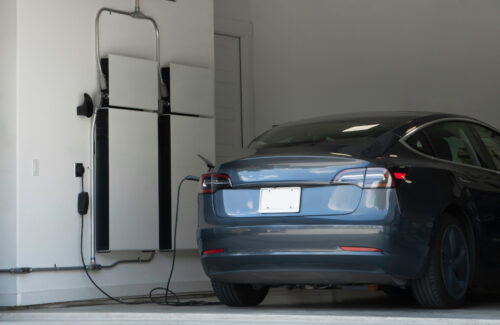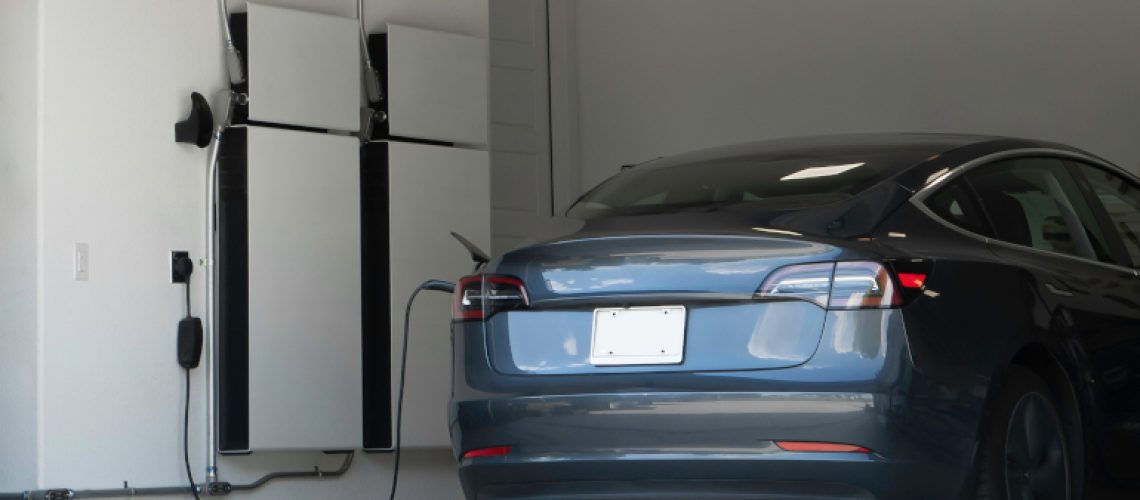
Credit: Adobe Stock
On February 19, the National Electrical Manufacturers Association (NEMA) announced the publication of its Electric Vehicle Supply Equipment (EVSE) Power Export Permitting Standard, defining the technical parameters to allow electric vehicle owners to utilize their vehicles as mobile energy storage units and sell excess energy back to the grid. The standard outlines characteristics for equipment to enable two-way, or bidirectional charging, as opposed to the traditional one-way flow of electricity to the vehicle, effectively allowing electric vehicles to transfer power back to the grid.
The standard defines characteristics in key domains, electrical, communications and cybersecurity, for permitting of power export between EVSE and an electric power system. With bidirectional, or vehicle to grid (V2G) and vehicle to building/home (V2B, V2H) technology, electric vehicles act as energy storage devices on wheels, or mobile energy storage units to power homes, buildings and the grid itself. Additionally, the standard could put money back in electric vehicle owners’ pockets by making it easier for cars to store energy at night or when turned off and then sell power back to grids at a profit during peak hours.
“Advancing bidirectional charging technologies will play a pivotal role in improving our nation’s grid resiliency and help electric vehicle owners use their cars for more than just getting from point A to point B,” said Patrick Hughes, senior VP of technical affairs at NEMA. “NEMA’s Electric Vehicle Supply Equipment (EVSE) Power Export Permitting Standard is an important tool to reach these goals, and local jurisdictions should reference this standard when permitting these systems.”
NEMA’s Mobility Sector developed this standard as a resource to bolster grid resiliency and to reflect the realities of today’s electrification landscape.
News item from NEMA



